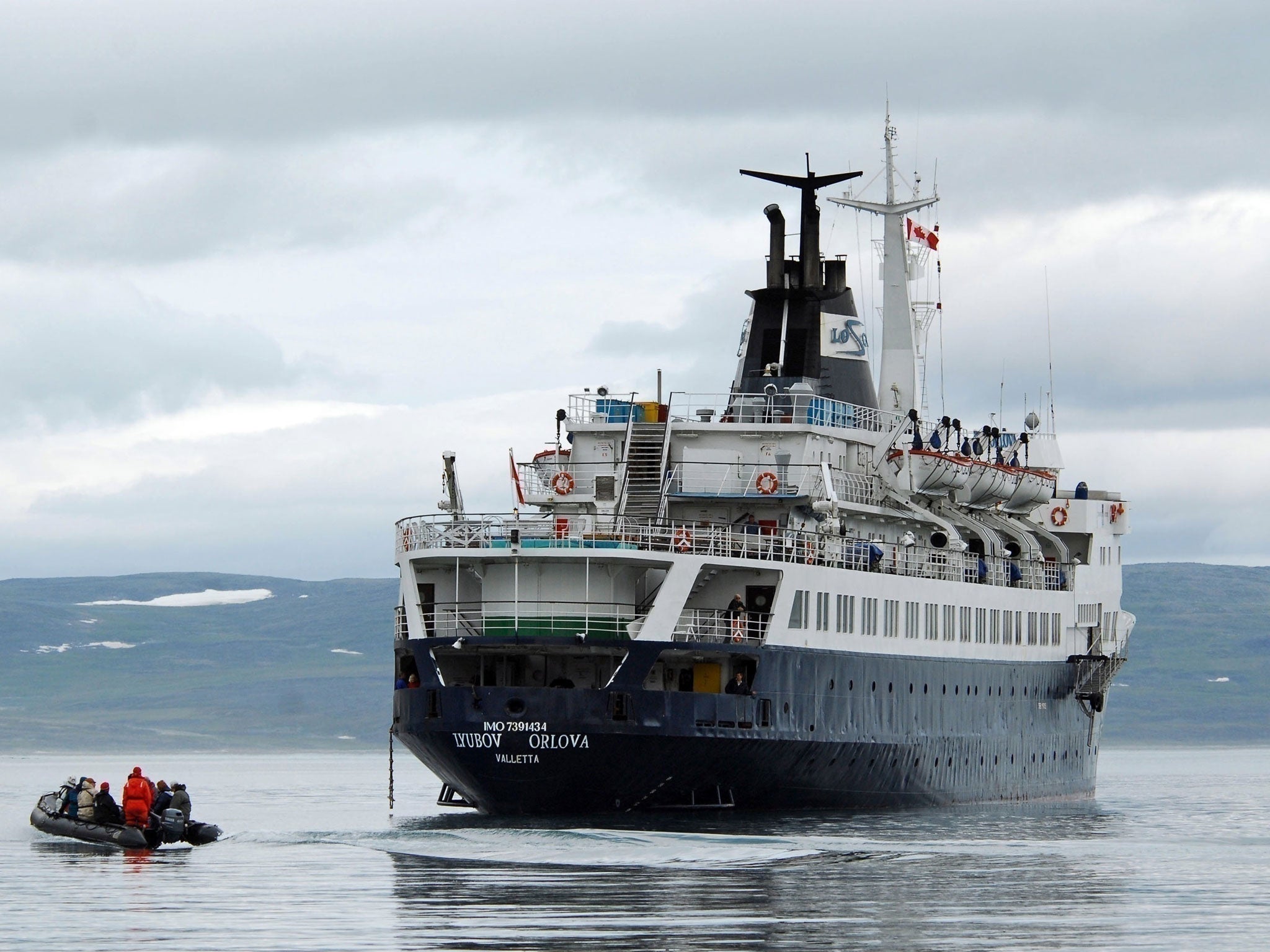Ghost riders: An unmanned Russian ship full of rats is adrift in the Atlantic - so, just how many other vagrant vessels are out there?

In happier times, the MV Lyubov Orlova was a pleasure ship, a cruiser accustomed to taking well-heeled Russian holidaymakers on adventure tours around the Arctic. Today, that same 295ft ship is bobbing somewhere off the coast of Ireland, its only passengers a horde of disease-ridden rats.
The trouble for the ship began last February. Set for the breakers yard, it was being towed from Canada to the Dominican Republic by an American-owned tug. A day into the journey, however, the line between the vessels broke. The tug tried to reconnect it, but was hampered by 35mph winds. It withdrew and the Orlova was left crewless and adrift.
The Canadian authorities, worried that the ship might collide with its offshore oil wells, sent another, larger boat that caught hold of the stricken vessel. It did not take it to port, however. Instead, it towed the Orlova beyond Canadian waters and let it drift out to sea.
Its lonely journey has now run to 12 months and as many as 2,000 nautical miles. The ship, having crossed the Atlantic, is now supposedly on Ireland's doorstep. Unsurprisingly, the Irish Coast Guard is unenthusiastic about the situation. "We don't want rats from foreign ships coming on to Irish soil," the director of the Irish maritime agency told the Irish Independent.
There is not a great deal that can be done to prevent the rats from establishing a beachhead, however, given that the ship has no location-finding devices on board and no one knows where it is exactly. As Gemma Wilkie, a spokesman for the British Chamber of Shipping points out, the situation is about as uncertain as it gets. "Clearly, the coastguard involved was vigilant in carrying out a search in response to the radar results showing an object of similar size off the Scottish coast – although as yet there has been no confirmed sighting of the ship in UK waters," she says.
7 things you need to know about the Lyubov Orlova
Although the maritime authorities do not welcome such floating hazards, they are relatively sanguine about them. As John Murray, the maritime director of the International Chamber of Shipping, says, the chance of a collision with another ship is low. "Shipping containers and adrift crafts don't creep up on ships," he says. "Navigation warnings from other vessels and radar usually ensure they are spotted from quite a distance away. Ships navigate around them."
Still, though, the notion of a phantom vessel, disconnected from the world, is discomfiting. The most famous example is, of course, the Mary Celeste, the 100ft brigantine which was found floating, crewless but well-provisioned, in the Atlantic Ocean in 1872. Alas, though, the "ghost ship" is not a phenomena confined to the history textbook.
In June last year, the 69ft Nina, heading to Sydney from New Zealand, was caught in a storm. A text sent by the crew soon after indicated that they had survived unscathed. A search of nearly 500,000 square nautical miles has failed to find the vessel, however. A grainy image, which some have suggested may be the ship, was taken off the coast of New Zealand. It has not been seen since. The family of those on board have financed a private rescue but to little avail.
A Japanese fishing boat, the Ryou-Un Maru, also spent 11 months at sea without a crew. After slipping its moorings in March 2011 during the Tohoku earthquake, it drifted into US waters in April 2012. As it had been assumed sunk by the Japanese authorities, its registration had been cancelled and legally it no longer had an owner. The Americans took a pragmatic approach and sunk it in the Gulf of Alaska.
In some cases, though, when a small ship is being towed for scrap, breaks loose and cannot be caught, it is simply not reported and becomes an unquantified hazard for the shipping industry. Pleasure-boat cruisers and cross-channel ferrygoers need not worry unduly then. As Murray makes clear, such incidents are rare: "It would be inaccurate to think that ships are navigating through a thicket of abandoned boats."
Phantom ships are certainly an eerie spectacle but the chances, for most of us, of ever being visited by a ghost ship are slim to none.
Subscribe to Independent Premium to bookmark this article
Want to bookmark your favourite articles and stories to read or reference later? Start your Independent Premium subscription today.

Join our commenting forum
Join thought-provoking conversations, follow other Independent readers and see their replies